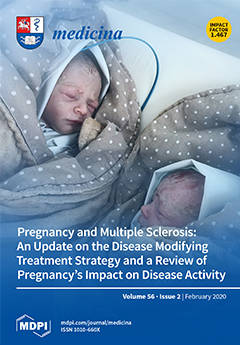Background and Objectives: Prostate cancer is the second most harmful disease in men worldwide and the number of cases is increasing. Therefore, new natural agents with anticancer potential should be examined and the response of existing therapeutic drugs must be enhanced.
Stevia pilosa and
Stevia eupatoria are two species that have been widely used in traditional medicine, but their effectiveness on cancer cells and their interaction with antineoplastic drugs have not been studied. The aim of this study was to evaluate the anticancer activity of
Stevia pilosa methanolic root extract (
SPME) and
Stevia eupatoria methanolic root extract
(SEME) and their effect, combined with enzalutamide, on prostate cancer cells.
Materials and Methods: The study was conducted on a human fibroblast cell line, and on androgen-dependent (LNCaP) and androgen-independent (PC-3) prostate cancer cell lines. The cell viability was evaluated using a Trypan Blue exclusion test for 48 h, and the migration by a wound-healing assay for 24, 48, and 72 h.
Results: The results indicate that
SPME and
SEME were not cytotoxic at concentrations less than 1000 μg/mL in the human fibroblasts.
SPME and
SEME significantly reduced the viability and migration of prostate cancer cells in all concentrations evaluated. The antiproliferative effect of the
Stevia extracts was higher in cancer cells than in normal cells. The enzalutamide decreased the cell viability in all concentrations tested (10–50 µM). The combination of the
Stevia extracts and enzalutamide produced a greater effect on the inhibition of the proliferation and migration of cancer cells than the
Stevia extracts alone, but not of the enzalutamide alone.
Conclusion: The results indicate that
SPME and
SEME have an inhibitory effect on the viability and migration of prostate cancer cells and do not interfere with the enzalutamide anticancer effect. The data suggest that
Stevia extracts may be a potential source of molecules for cancer treatment.
Full article






